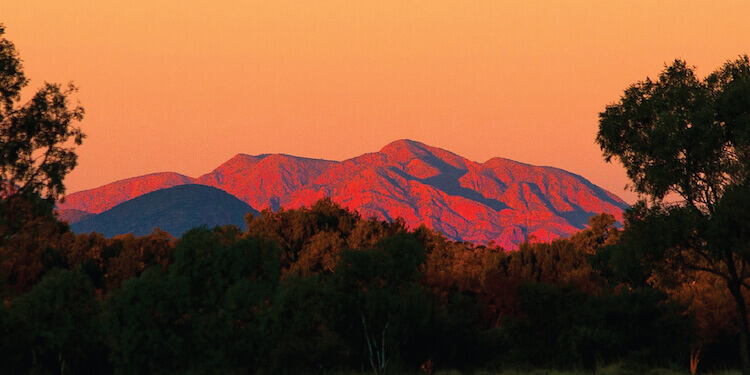Search and Filters
Second Statutory Review into the Operation of the Low Aromatic Fuel Act 2013
Section 18 of the Low Aromatic Fuel Act 2013 requires the Act to be reviewed every five years. This second statutory review found that no amendments to the Act were required for it to continue to be effective. Stakeholder submissions indicated it is effectively meeting its primary objective.
Designated low aromatic unleaded fuel areas: fact sheets
Tennant Creek and Katherine, in the Northern Territory, and Palm Island, in Queensland, are designated low aromatic fuel areas.
Low aromatic unleaded: Information for retailers
Many fuel stations across Australia supply low aromatic unleaded fuel. It has been introduced to help decrease petrol sniffing which is putting our young people's lives at risk.
Low aromatic unleaded - better for our community
Many fuel stations in our region now supply low aromatic unleaded fuel. Using low aromatic unleaded fuel will make a world of difference to the lives of our young people. Together, we can make a difference.
Low aromatic unleaded fuel: The facts
Information developed by BP Australia and Viva Energy Australia to answer questions about using low aromatic unleaded fuel.
Fuelling your next big adventure
Using low aromatic unleaded fuel in cars, boats and small engines is better for the local community. By replacing regular unleaded fuel, low aromatic unleaded fuel is helping to reduce petrol sniffing in areas where it is a problem.
Stronger Futures in the Northern Territory
KPMG was engaged by the Department of the Prime Minister and Cabinet (DPMC) to conduct an independent review of the first three years of operation of the Stronger Futures in the Northern Territory Act (2012) (‘the Stronger Futures Act’ or ‘the Act’), with a focus on the effectiveness of the speci
Monitoring trends in prevalence of petrol sniffing in selected Australian Aboriginal communities: Final Report
This report presents the findings from a study of petrol sniffing prevalence in a sample of 53 Australian Aboriginal communities.
